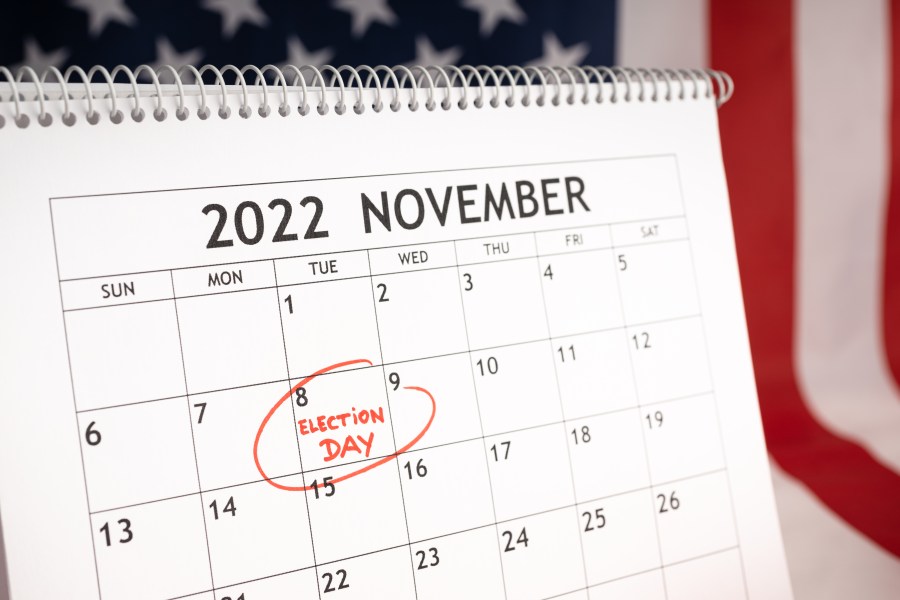Voting tech for people with disabilities has expanded — but more is still needed

There are an estimated 38 million disabled eligible voters in the U.S., but many of them face unique obstacles when trying to cast their ballots.
Federal and state laws require polling stations provide in-person accommodations, like machines with larger screen displays or text-to-speech interfaces inside voter booths. But individual polling places don’t always make it easy, says Mark Lindeman, Policy and Strategy Director with the nonpartisan organization Verified Voting.
“Sometimes the voting machines aren’t even set up,” says Lindeman, “or the poll workers lack basic training on how to support them.”
Which is why providing different, early voting options has helped boost turnout among disabled voters in recent elections.
A study from Rutgers University and the Election Assistance Commission found that nearly 17.7 million disabled people voted in the 2020 election, compared to 16 million in the previous presidential election. Options like vote-by-mail and curbside drop-offs helped increase turnout.
But tech also helped, says Michelle Bishop with the National Disability Rights Network. “We started allowing people with disabilities to use the electronic ballot delivery systems the military and overseas voters already use,” she said.
Federal law requires all states to have a secure method of getting an electronic ballot to military or U.S. civilians living abroad. That electronic system can be helpful for disabled voters as well, and it’s been expanded to more than 20 states, according to the Election Assistance Commission.
That’s an advantage for Mark Riccobono, a blind voter in Maryland and president of the National Federation of the Blind, “because our problem is, basically, we can’t see what’s on the printed piece of paper.”
But when filling out a ballot online, technology like screen readers and braille keyboards can help facilitate the process. Though access to a ballot online only solves part of the problem. To actually vote, Maryland still requires voters submit a paper copy of their ballot.
“There are blind people that don’t own printers,” says Riccobono. “You get into issues of ‘well, did you sign it in exactly the right place?’ And ballots getting thrown out because the signatures are not in the right place.”
In four states — Colorado, Massachusetts, North Carolina and West Virginia — disabled voters can turn in their ballots online via a secure web portal. In some other states, voters can return ballots via fax or email, although that’s limited as well, due to cybersecurity concerns.
Ultimately, for voting rights advocates like Michelle Bishop, improving voter enfranchisement is about providing as many viable, secure options as possible, “because people with disabilities are so diverse, that the technologies that they need to make it accessible to them vary as well.”
And as those options, hopefully, continue to expand, so too could voter participation within the disabled community.
The future of this podcast starts with you.
Every day, the “Marketplace Tech” team demystifies the digital economy with stories that explore more than just Big Tech. We’re committed to covering topics that matter to you and the world around us, diving deep into how technology intersects with climate change, inequity, and disinformation.
As part of a nonprofit newsroom, we’re counting on listeners like you to keep this public service paywall-free and available to all.
Support “Marketplace Tech” in any amount today and become a partner in our mission.











